Curious Questions: Who compiled the first crossword?
Martin Fone retraces the history of the popular pastime from the word puzzle squares of Roman times to today's cryptic grids.
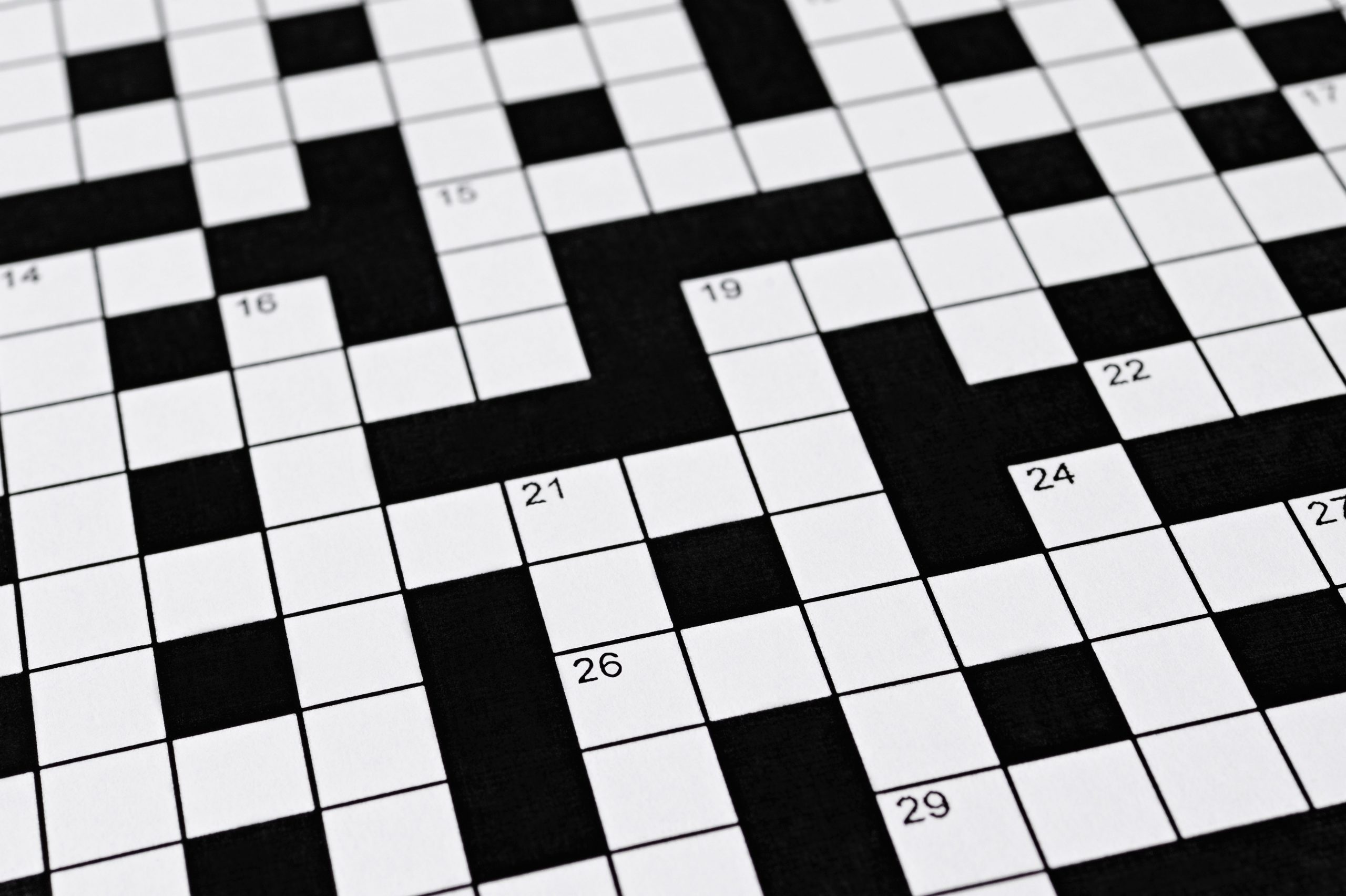

Increasingly, these days, I skim through the pages of news and turn to the puzzle page to pit my wits against those of the crossword compiler, a sign of these troubled times perhaps. As Stephen Sondheim said, ‘the nice thing about doing a crossword is you know there is a solution’. A spell of studied concentration transforms an initial sense of bewilderment into a glow of satisfaction when the last squares are filled in to complete the puzzle, proof positive that the little grey cells are still in working order.
A fascination with word patterns is not a modern trait. In countries as far apart as Italy, England, France, Syria, Portugal, and Sweden archaeologists have found examples of Sator squares, dating from the second century AD, scratched on walls and tablets. A five-line palindrome using the words sator, arepo, tenet, opera, and rotas, it can be read in four directions from either the top left or bottom right corners, both vertically and horizontally.
Intriguingly, sator and rotas in the first and fifth lines are identical albeit inverted, as are arepo and opera in the second and fourth line, while tenet in the third line is itself a palindrome.
Translated, the square’s meaning is anodyne, literally ‘the sower, Arepo, holds or works the wheels with care’, so was its popularity in the Roman world due simply to the cleverness of its design or was there a deeper meaning to it?
Unscrambling the square, its components create the shape of a cross containing the opening words of the Lord’s Prayer, Pater noster, the vertical and horizontal intersecting at the letter N. This arrangement leaves four letters unused, two as and two os, representing alpha and omega in Christian iconography. The design can be completed by placing an a and an o in the left and right upper quadrants respectively, reversing the arrangement for the lower two quadrants.
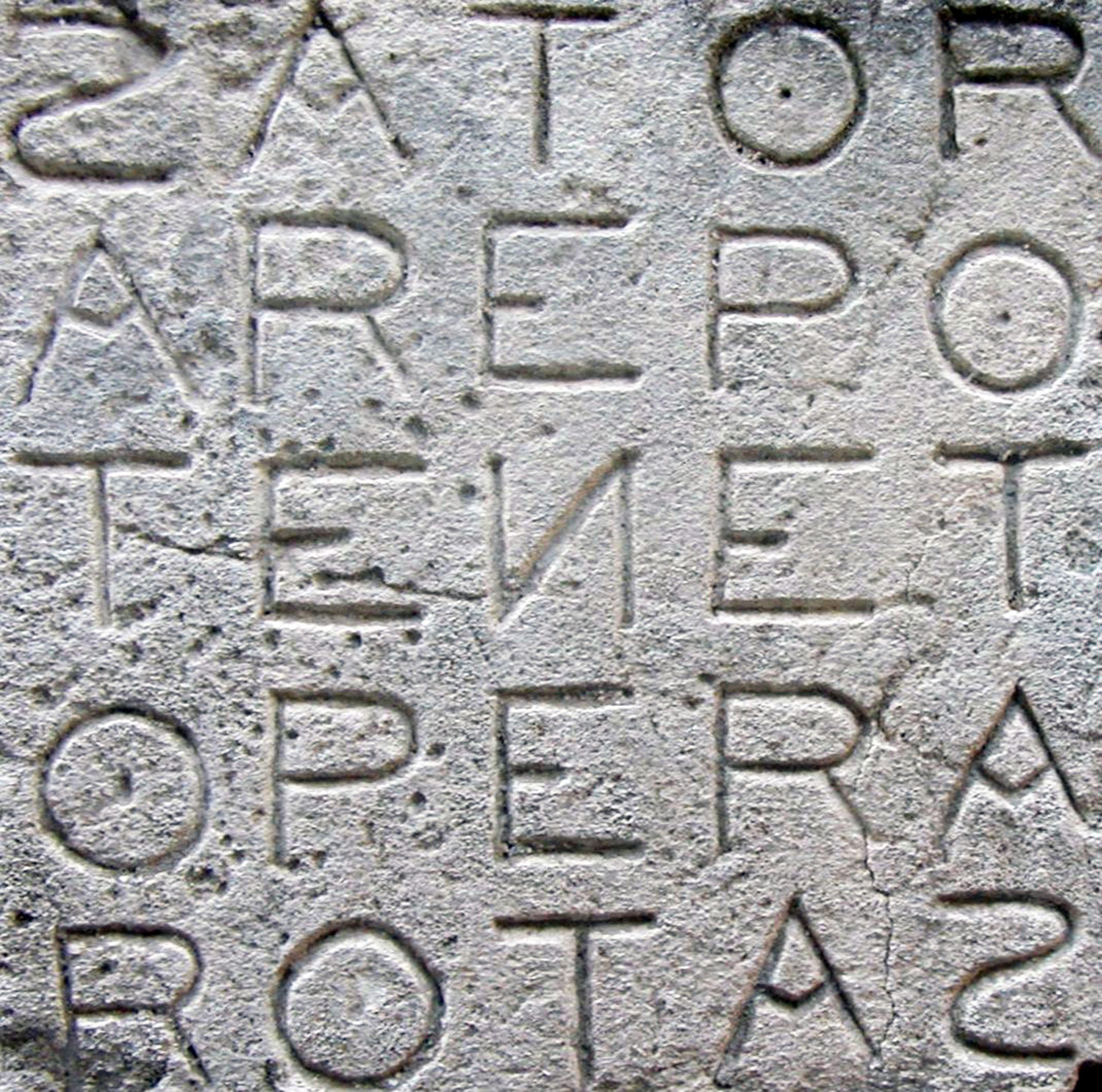
Was it a form of code that early Christians used to make themselves known to other believers, in the same way that the sign of a fish was used? This theory has rather been blown apart by the discovery of two Sator squares in the ruins of Pompeii, destroyed in 79AD, pointing to a much earlier origin, although early Christians may have adapted the existing design for their own uses.
Some suggest that it was Egyptian, Jewish, or Greek in origin or had some ritualistic connotations, palindromes being associated in some religious and folk traditions with magical properties. As late as the 19th century, the manual of a Dutch doctor in Pennsylvania suggested a patient should eat a piece of bread smeared with butter into which the Sator square had been inscribed as a cure for rabies. I doubt it worked.
Exquisite houses, the beauty of Nature, and how to get the most from your life, straight to your inbox.
The Sator square’s design prompted logologists in the 19th century to develop squares of ever-increasing size. A six-square was first published in 1859, a 7-square in 1877, followed by eight and nine-squares in 1884 and 1897 respectively. Larger squares proved more problematic, a 10-square only possible if reduplicated words and phrases were used and an eleven-square deemed impossible unless words from several languages were allowed. The perfect 12-square remains the logologist’s Holy Grail.
With increased leisure time, at least for some, word puzzles gained popularity in Victorian times, elementary in form and based on the Sator template so that letters read alike vertically and horizontally.
The phrase ‘cross word puzzle’ was first used in the American magazine, Our Young Folks, in 1862 while another, St Nicholas, printed connected word square puzzles from 1873. In Italy, Giuseppe Airoldi designed a four-by-four grid with horizontal and vertical clues which he called ‘Per passare il tempo’ (to pass the time). It was published in Il Secolo Illustrato della Domenica on September 14, 1890.
However, the man popularly associated with compiling the first modern crossword is Liverpool-born Arthur Wynne, who emigrated to America at the age of nineteen and in 1913 found himself editing a weekly puzzle page for the comic section of the New York World, called Fun. For the Christmas edition, Wynne wanted something new over and above the standard fare of word squares, rebuses, and anagrams.
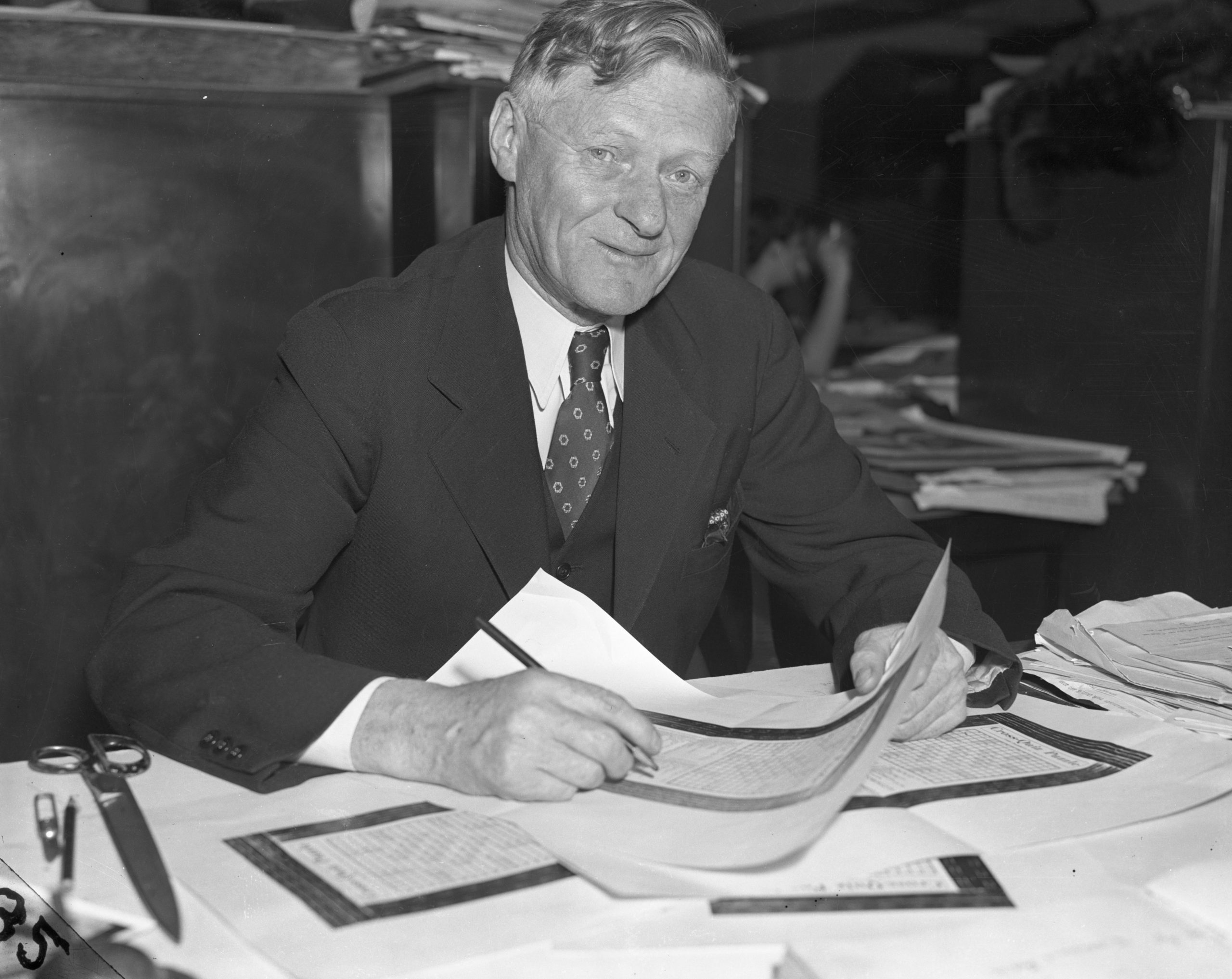
The result of his ruminations was a diamond-shaped grid built around a central framework of two horizontal and two vertical lines of seven squares. Words ran either horizontally or vertically, and the reader was invited to ‘fill in the small squares which agree to the following definitions’ in what Wynne called a Word-Cross Puzzle.
The first and last squares of each word were numbered as was the clue to which the answer related. To start things off, Wynne filled the top horizontal with the word ‘Fun’.
The clues themselves were relatively straightforward, although two — the fibre of the gamouti palm (3 letters) and an aromatic plant (four letters) — caused me to scratch my head. In the centre of the grid there was a blank area, again shaped like a diamond, four squares at its widest and longest.
The puzzle appeared on December 21, 1913, and proved popular, spurring some readers to compile their own and send them in. The grateful Wynne started using them from February 1914.
Typographical errors, though, bedevilled the weekly puzzle — not least one that transposed its title to cross-word. Although this error was retained, the hyphen disappearing later, the integrity of the puzzle was so compromised that it was dropped from the pages of the New York World. Protests from the readership led to the puzzle being quickly reinstated.
Wynne also experimented with the shape of the grid, moving to a circular puzzle before settling on the now familiar rectangle with shaded squares used to separate the words or phrases.
Crossword mania swept America in the early 1920s, a phenomenon which was met with characteristic disdain on this side of the Atlantic, the Times even devoting an editorial entitled ‘An Enslaved Nation’ to pour scorn on the American addiction.
However, Britain was powerless to resist its attractions, Pearson’s Magazine publishing the first crossword here in February 1922. The Sunday Express became the first British newspaper to print one in its edition of November 2, 1924.The Daily Telegraph in 1925, the Manchester Guardian in 1929 and even the Times, from February 1, 1930, followed suit.
The first cryptic crossword appeared in the Daily Telegraph on July 30, 1925, and by the 1930s the clues had become much more sophisticated, containing full or partial anagrams, double meanings, and themes. Curiously, it was not until 1968, thanks to the efforts of Stephen Sondheim, that a cryptic crossword made its way to America, first appearing in the pages of the New Yorker magazine.
Non-cruciverbalists have long suspected that there is a deeper meaning lurking within the seemingly innocent grid of light and dark squares, never more so than in May 1944. An Observer crossword compiled by Leonard Dawe contained words associated with the D-Day preparations, such as Omaha, Utah, Neptune, and Overlord.
Although Intelligence officers could find nothing linking Dawe with the Germans, it emerged in 1984 that a group of schoolboys, who helped Dawe to compile his puzzles, brought back gossip they had picked up from nearby barracks. Dawe was mortified that he had been an accidental traitor.
Pedro Bartolay’s crossword containing 11,000 squares and 4,225 clues, the world’s largest and compiled in 2013, may have been a tad extreme, but, as a reader in Turkey said about the Times’ first effort, crosswords lift us from our ‘daily rounds’ and allow us to ‘spend a happy afternoon’ tackling them. Long may they continue.
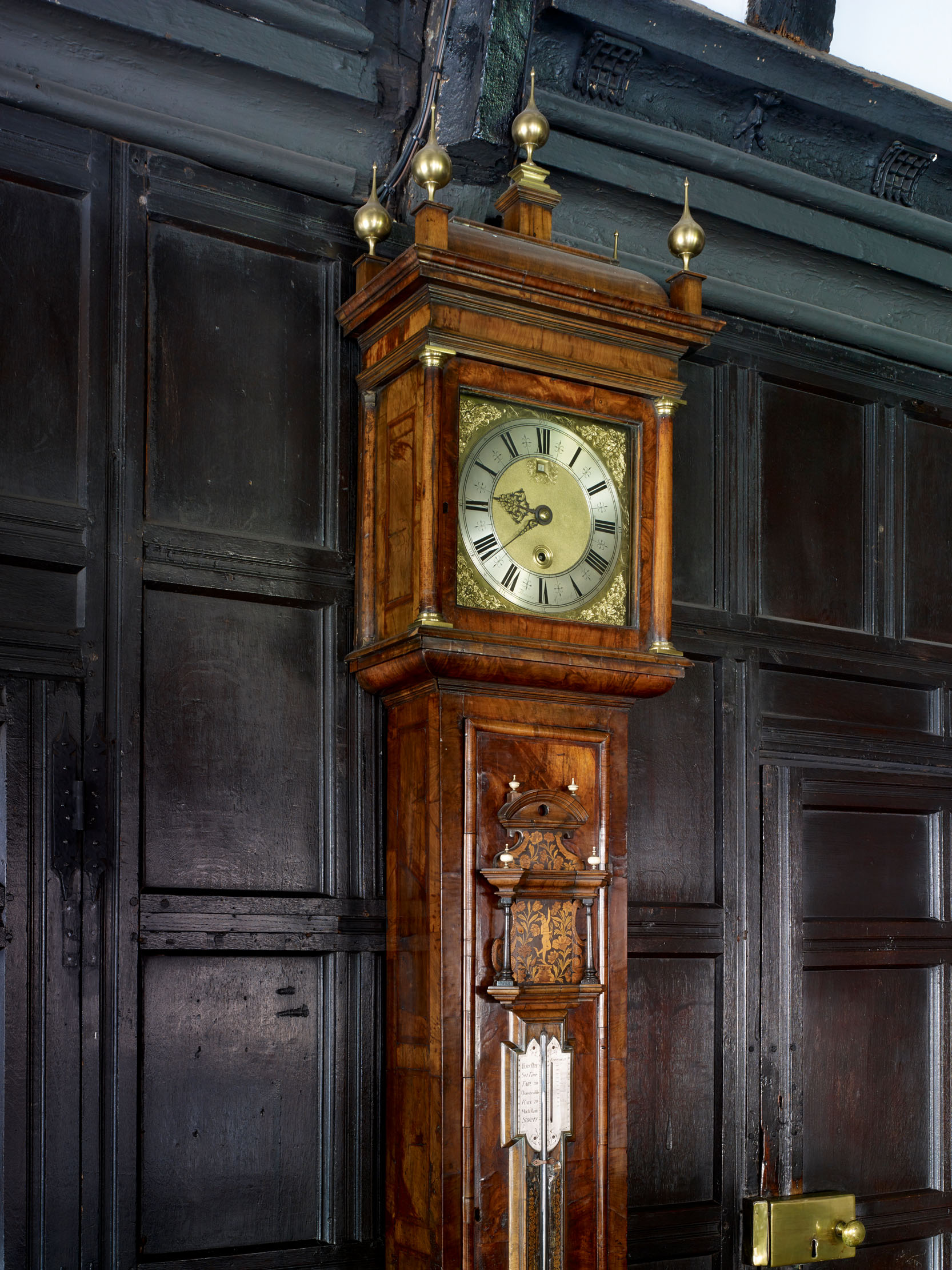
Curious Questions: Why do clocks go clockwise?
There's nothing to stop the hands of a clock from running backwards — indeed, some actually do — but the overwhelming majority

Credit: Getty Images/iStockphoto
Curious Questions: When were dogs domesticated?
Dogs have never been more popular — as soaring puppy prices (and the worrying number of scams) show. But our
After graduating in Classics from Trinity College Cambridge and a 38 year career in the financial services sector in the City of London, Martin Fone started blogging and writing on a freelance basis as he slipped into retirement. He has developed a fearless passion for investigating the quirks and oddities of life and discovering the answers to questions most of us never even think to ask. A voracious reader, a keen but distinctly amateur gardener, and a gin enthusiast, Martin lives with his wife in Surrey. He has written five books, the latest of which is More Curious Questions.
-
 A vineyard for sale on the slopes above 'the best beach in Britain' is for sale at just £650,000
A vineyard for sale on the slopes above 'the best beach in Britain' is for sale at just £650,000In the beautifully unspoilt Devon village of Bantham, an award-winning vineyard is for sale. Toby Keel takes a look.
-
 The sun will come out for the Country Life Quiz of the Day, November 14, 2025
The sun will come out for the Country Life Quiz of the Day, November 14, 2025Try your luck at today's quiz.
-
 Curious Questions: Did the Victorians pave the way for the first ULEZ cameras in the world?
Curious Questions: Did the Victorians pave the way for the first ULEZ cameras in the world?Martin Fone takes a look at the history of London's coalgates, and finds that the idea of taxing things as they enter the City of London is centuries old.
-
 Curious Questions: What are the finest last words ever uttered?
Curious Questions: What are the finest last words ever uttered?Final words can be poignant, tragic, ironic, loving and, sometimes, hilarious. Annunciata Elwes examines this most bizarre form of public speaking.
-
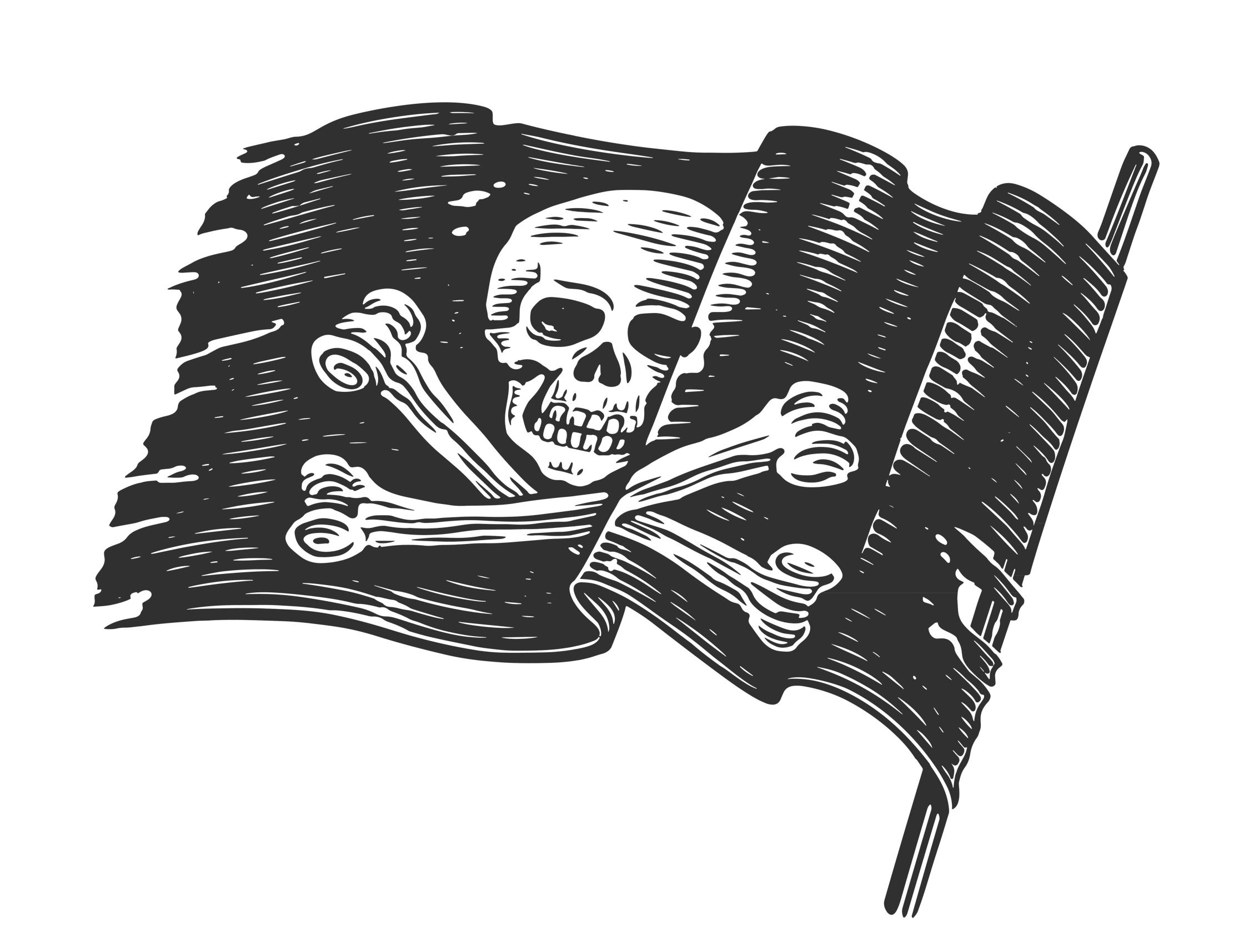 Curious Questions: Why do we still love pirate stories, 300 years on from Blackbeard?
Curious Questions: Why do we still love pirate stories, 300 years on from Blackbeard?Tales of swashbuckling pirates have entertained audiences for years, inspired by real-life British men and women, says Jack Watkins.
-
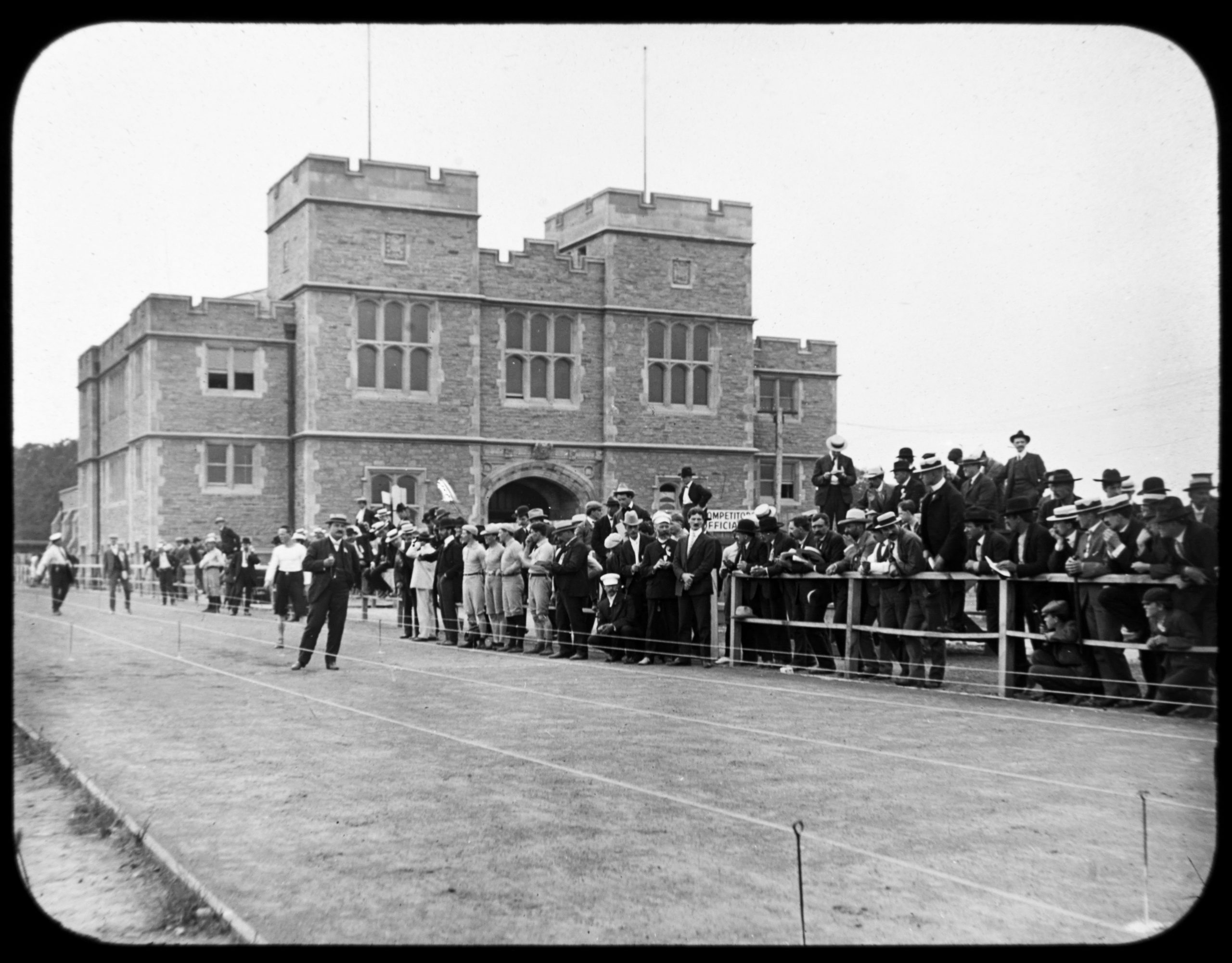 Curious Questions: Why is race walking an Olympic sport?
Curious Questions: Why is race walking an Olympic sport?The history of the Olympics is full of curious events which only come to prominence once every four years. Martin Fone takes a look at one of the oddest: race walking, or pedestrianism.
-
 Curious Questions: Where does the phrase 'daylight robbery' come from? It's literally about the theft of daylight
Curious Questions: Where does the phrase 'daylight robbery' come from? It's literally about the theft of daylightMartin Fone tells a tale of sunshine and tax — and where there is tax, there is tax avoidance... which in this case changed the face of Britain's growing cities.
-
 Curious Questions: Is there a way to win at rock, paper, scissors?
Curious Questions: Is there a way to win at rock, paper, scissors?A completely fair game of chance, or an opportunity for those with an edge in human psychology to gain an advantage? Martin Fone looks at the enduringly simple game of rock, paper, scissors.
-
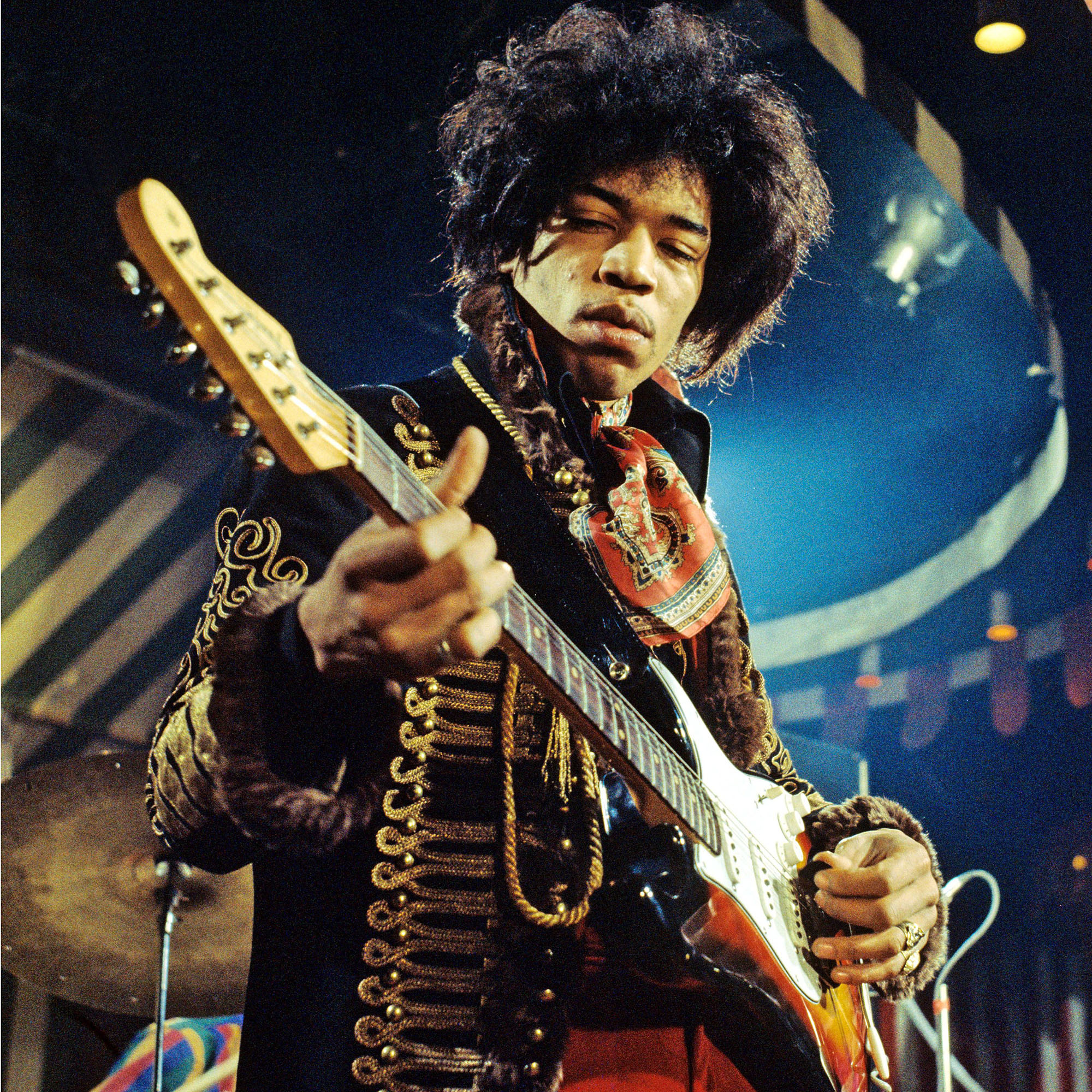 Curious Questions: Is being left-handed an advantage?
Curious Questions: Is being left-handed an advantage?In days gone by, left-handed children were made to write with the ‘correct’ hand — but these days we understand that being left-handed is no barrier to greatness. In fact, there are endless examples of history's greatest musicians, artists and statesmen being left-handed. So much so that you'll start to wonder if it's actually an advantage.
-
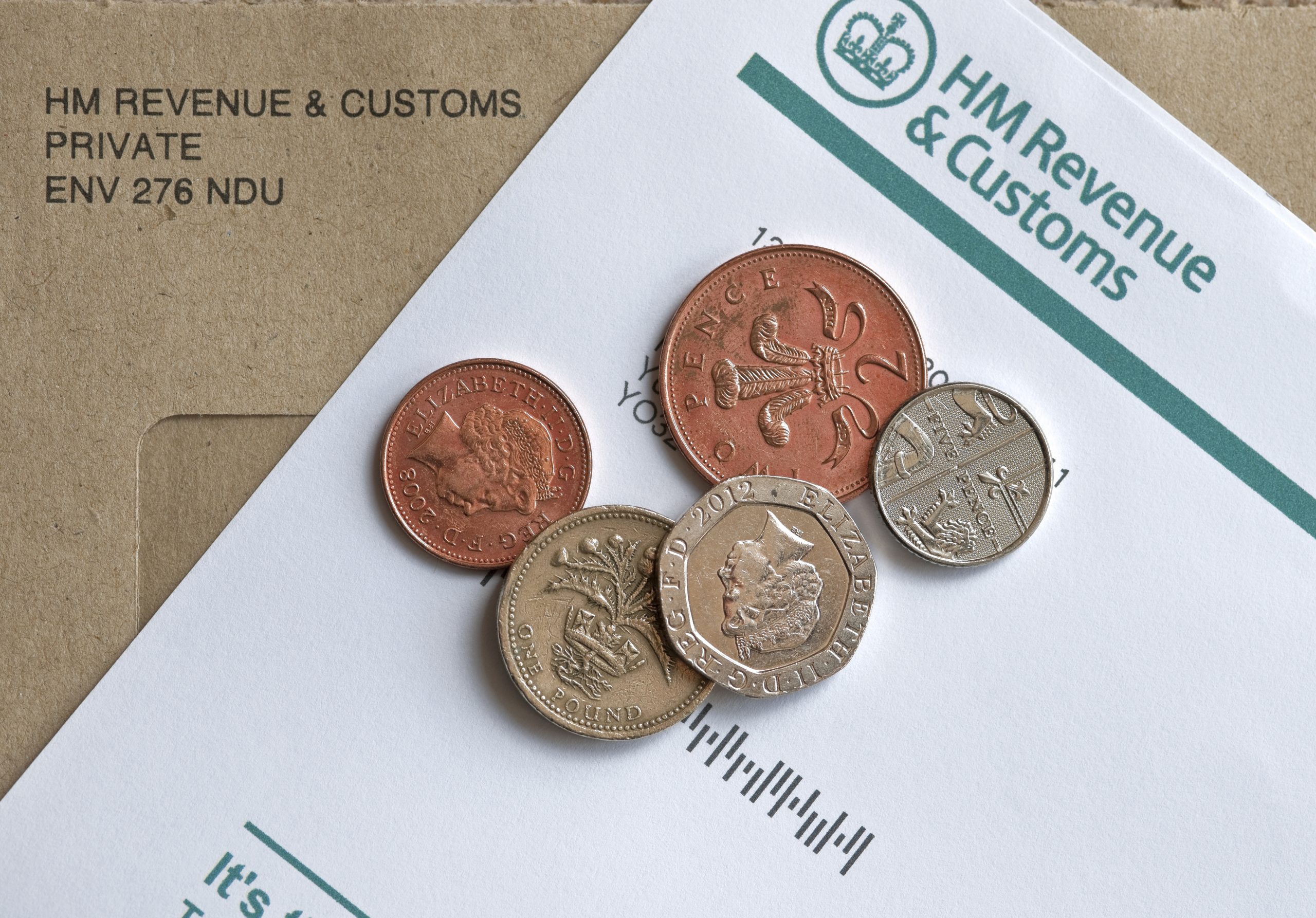 Curious Questions: Why does our tax year start on April 6th?
Curious Questions: Why does our tax year start on April 6th?The tax-year calendar is not as arbitrary as it seems, with a history that dates back to the ancient Roman and is connected to major calendar reforms across Europe.
